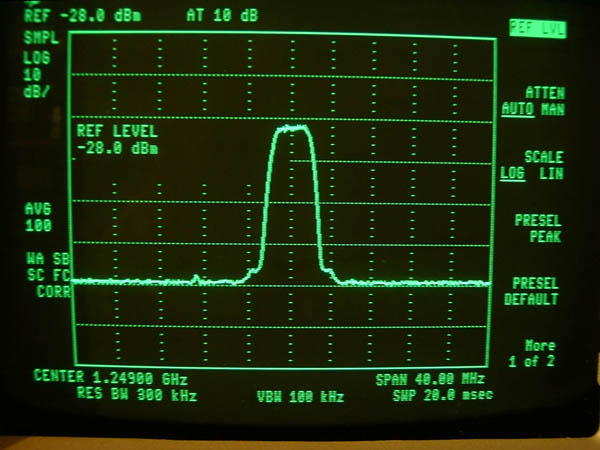Status report on DATVexpress project - January
Here is another progress update on the DATVexpress Project to design a lower-cost
DVB-S transmitter. (BTW - there is a DATVexpress powerpoint file available in the OCARC DATV Library page at
http://www.W6ZE.org/DATV/ .) Since the last update there has been good
news and there has been some disappointing news...
GOOD NEWS
1) The PC can now load the 8051 code onto the USB controller, called FX2.
2) The PC can now download FPGA code through the USB controller.
3) The USB controller can now control the modulator using I2C signaling for
frequency, Symbol-Rate, RF power-level, etc.
4) The FPGA can write to the DACs and onto the QPSK modulator.
5) PROTO#2 board was built to correct an etch-error that affected the modulator
PLL locking. The difficult-to-implement-on-a-populated-board rework for the PLL
is working well.
6) We now have some proper comms between the Linux host and the PCB. EP1 is
being used to download the FPGA code and then for sending I2C commands to the
various chips on the board. EP2 is being used in slave asynchronous mode with
quad buffering to communicate between the USB interface and the FPGA.
SOME DISAPPOINTING NEWS
1) Currently getting some dropouts over the USB2 link. It appears to be a
combination of how our Linux code works, libusb-1.0 and the buffering on the
Express board. Starting to re-write the FPGA code to add some extra buffering on
the board to smooth over the dropouts. There is about 160K of memory on the FPGA
and plan to use about 30% of it for buffering.
2) The RF buffer amplifier chip has tendency to self-oscillate at about 1.9 GHz.
Looks like we did not pay enough attention to nice short etch for the RF
section. We definitely have to revise the etch-traces to resolve this problem.
However the board is still very suitable to continue software programming for
the project.
Progress to continue…de Ken W6HHC


